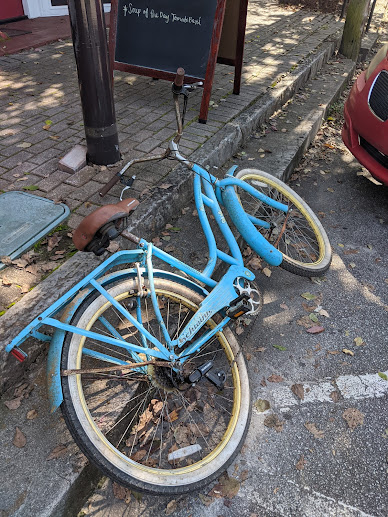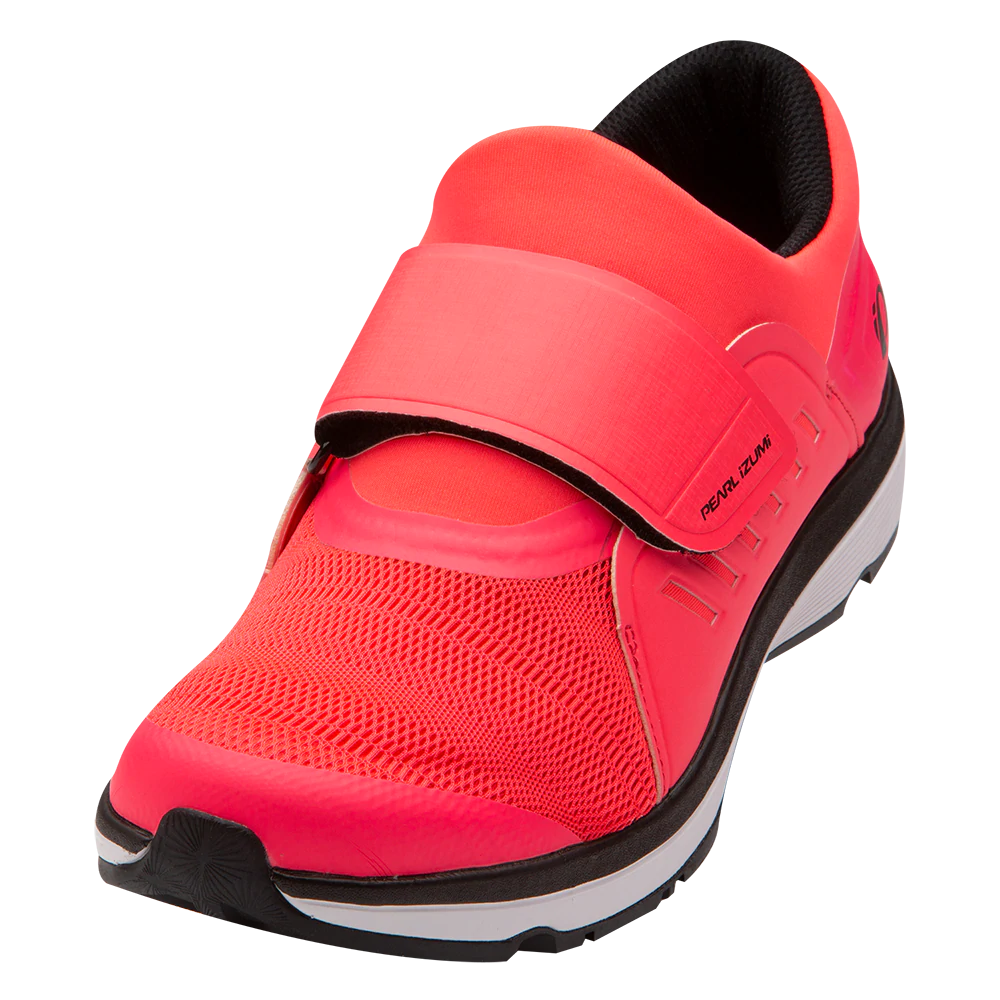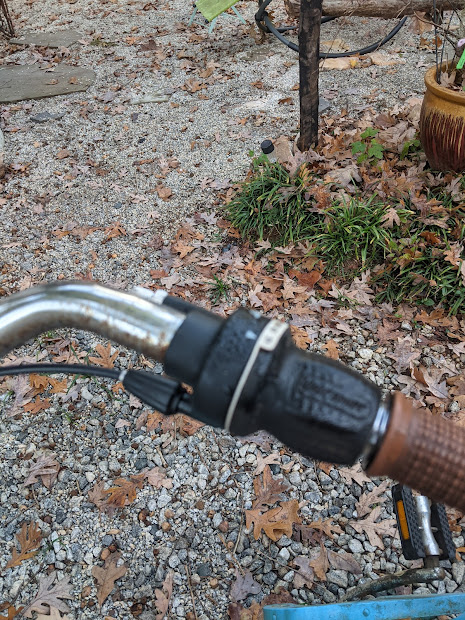This is a story about Triathlon Tips for Beginners. We’re doing this because of the Firefly Super Sprint Triathlon, which is going to be held in and around downtown Madison on July 30th, 2022.
Human effort, in all of its forms, is important to us. How do we know all of this triathlon wisdom? Well, let’s just say we have connections.
Here are your tips:
Select the right bike. Bicycling is more than half of the race.
Maintain and adjust your bike as needed.
Learn how to Swim
Get organized, so as to efficiently perform the transitions.
Pay attention to pre-race preparation

What is a Triathlon?
Well, if you must know, it’s a sporting event which combines three different disciplines: swimming, bicycling and running. The most famous of these is the Ironman Triathlon which is held in Hawaii ever year. USA Triathlon, the governing body of the sport, sanctions this triathlon and also a variety of less grandiose events.
The “sprint triathlon” is a shorter version of the Ironman. The race in Madison consists of a 200 yard swim, 7 mile bike ride, and 2 mile run. A more typical “sprint triathlon” is a 400 yard swim, 14 miles of biking, and a 5K run.
We don’t have any direct affiliation with the race, by the way. That is, except that it is in the same town as us, and the Firefly Festival is a fun event that is held every year and also has the same name.
There is still time to sign up. You can register online up until July 28, and for an extra charge there is a way to join on the day of the event. So the timing on this is good.
Why would you want to get better at something?
Why, indeed? We also favor self-improvement of various kinds, because it is considered a human-scale thing to do. The triathlon is an interesting race because it blends several different skills, and so is more interesting than just going out and running the 5K.
Even if you are not competitive, no one rolls out of bed on some humid Summer morning without intending to do well, or at the very least put forth a good effort.
In this particular race, there are age groups and gender categories, and there are some cocktail party bragging rights if you are proficient. You’re probably not going to actually qualify for Hawaii, but maybe you don’t care.
Also, keep in mind that our suggestions below have nothing to do with “training.” We suggest that you do so, obviously. Most triathloners are serious people, and they all get together in these things.
How “good” is “good?”
We’ve done some research on this so you won’t have to.
In 2021, this race had 118 competitors, and 52 of them were female. The Female 40-45 year old division was a competitive age group, with seven participants;
Here was the outcome:
| Place | Swim | T1 | Bike | T2 | Run | Total Time |
| 1 | 4:26 | 1:18 | 28:31 | 1:00 | 20:45 | 55:00 |
| 2 | 5:13 | 1:48 | 30:24 | :40 | 18:10 | 55:35 |
| 3 | 7:11 | 2:27 | 28:26 | :42 | 20:48 | 58:51 |
| 4 | 7:10 | 1:42 | 31:18 | :43 | 19:42 | 59:52 |
| 5 | 6:56 | 3:36 | 31:15 | 1:34 | 21:09 | 1:02:00 |
| 6 | 7:08 | 2:21 | 28:29 | 1:56 | 26:46 | 1:04:00 |
| 7 | 4:53 | 2:18 | 49:13 | :41 | 29:06 | 1:25:00 |
| Average | 6:08 | 2:13 | 32:31 | 1:02 | 22:55 | 1:03:00 |
| “Median” female | 8:34 | 2:18 | 27:27 | 2:00 | 22:21 | 1:01:00 |
Okay then, you can see that with the exception of the last triathlete, all of these ladies were within 9 minutes of one another. Also, the average total time for this group was about the same as the median female, who was in the 50-55 group.
Also, notice that the bicycle portion of the race was, on average, more than half of the total time. This is obviously very important. You’d better be a pretty good biker.

First, Select the Right Bike
Do you remember awhile back when we gave some tips for your first bicycle tour? The article that said not go try to do it on the cheapest bike in Amazon because it is too heavy?
Here’s the link:
Well, everything we said in here about selecting your bike goes double for this event, because it is actually competitive, and over half of the race will be spent on your bike.
Sure, they will let you into the race pedaling your Schwinn Clairemont, carrying your baguette and wearing a cute helmet, but you’re probably going to have a better experience if you have, or borrow, a good triathlon bike.
We’re not going to go into detail on the difference between a “triathlon bike” and a “bike” except to say that in the Ironman, which is 100 miles, it matters 14 times more than it does in this race, which is 7 miles.

Running Shoes
Oh, yeah, while we are on the topic of gear: If you’re planning to run the running portion of this race in the same heavy pair of sneakers that you use to weed the garden, you might wish to rethink.
Also, keep in mind that in the bike world, it is customary to wear shoes that clip onto your bike pedals, and these shoes are terrible to run in. So, during the transitions above, it is typical to switch from bike shoes to running shoes. A strategic shoe selection will make it easy to do this.
An equal and opposite strategy is to set your bike up with “regular” bike pedals, and just wear the same shoes, but that may affect your bike speed.
The triathloners have special shoe laces, by the way, which are made out of hair band material. It’s so the particpants can slip their shoes on, and not worry about the shoelaces.
Second, maintain and adjust your bike as needed.
So you complete the swim, get onto the bike, and your chain slips off. Or you get a flat tire. Or one of your shifter cables break. The difference between getting a medal and being in fifth place in this event is only about four minutes, or the length of time it takes to put your chain back on, or change a flat.
All of these things are controllable by you. If you are not mechanical, you can and should take your bike in if you have the slightest suggestion of a mechanical issue, get it fixed. A lot of the triathlon clubs in the area are supportive in this regard, and there is usually a person or people that, for some consideration, will adjust your gear for you and get everything lubed up before the race.
The second of our Triathlon Tips for Beginners says that if you have a $5000 triathlon bike that is out of adjustment, and it costs you time, you might as well be riding the Clairemont.

Third, Learn how to Swim
Well, the above table is pretty descriptive: There is a nearly three minute difference between the best and worst swimmers.
In the 40-44 age group, this is an important predictor of success. Someone who was the worst swimmer had to be the best biker to compensate.
So despite the shorter duration of the swimming, it is an equal or better predictor than the biking. Any of the top five finishers would have been the age group champion if they could have managed the swim as well as the person who won.
Fourth, pay attention to the transitions.
Do you see the T1 and T2 in the above table? The third of our Triathlon Tips for Beginners is to pay attention to this.
Those are the transitions. This is where you transition between one discipline and another.
In the first one, T1, you get out of the water, find your bike (which is parked in a big corral with 117 others), put on your biking shoes and shirt, and helmet, and head out onto the bike route.
In the second one, T2, you’re required to get off your bike, push it back to your parking spot, change your shoes if you need to, and head out for the 2 mile run.
As you can see, it takes the different competitors different amounts of time to do this. Competitor #5 for example lost over 2 minutes in the first transition, for whatever reason. Actually, the reason was probably that she was wet. It’s hard to get your biker shirt on when you’re dripping.
The transition times are added to your actual event times, so this all “counts”.
So, what you want to do is get to the race a little early, lay out your biking shoes, running shoes, and other gear so you can put it on quickly, and make sure you can remember where your bike is parked. Even better, in your training, practice the transitions, including hopping off of your bike and pushing it. Make whatever adjustments to your gear to get good at this.
This is no place to dawdle. You can improve your time without doing any training by this method.
Fifth, pay attention to pre-race preparation.
This one of our Triathlon Tips for Beginners we like best.
So you are commuting from Atlanta. The race starts at 7. You want to show up about an hour early, so as to lay out your gear and warm up a little, and use the rest room. That’s 6:00.
It takes an hour to get here from Brookhaven. So you’re getting out the door at 5 AM.
So, your alarm is set to 4:15 or so, so you can get up in the dark, to head out in the country.
As it happens, there is a Bed and Breakfast that we know that is triathlon friendly, and it’s about 10 minutes from the course.
Who has the advantage? Someone who rolled out of bed at 6 and was at the staring line at 7? Sleep is important, as is eating, and hydration. We can point you to some high-carb dessert if you should happen to show up on the night of the 29th, and you’ll be well rested and ready to rock. You would like the place.
You could even spend some time the night before out on the course, to see if there are any surprises. We’ve already done you the service of touring around town and have the story to tell about it.
What to make of all of this?
As a public service, we’ve provided you with some advice on how a beginner might very well achieve the coveted ranking of “above average” in this difficult event.
The Triathlon Tips for Beginners also includes being welcomed in a pretty, human scale place the night before, or even the night after.
Hey, we know. Why don’t you and your triathlon club, of which there are many, come and book the whole place and then dominate the following morning when you are well rested.
Links and References
https://www.trisignup.com/Race/GA/Madison/FireflySuperSprintTri
https://www.trifind.com/Clubs/FindATriathlonClub?state=GA
https://www.redbull.com/ie-en/triathlon-for-beginners-10-essential-tips
![]()
